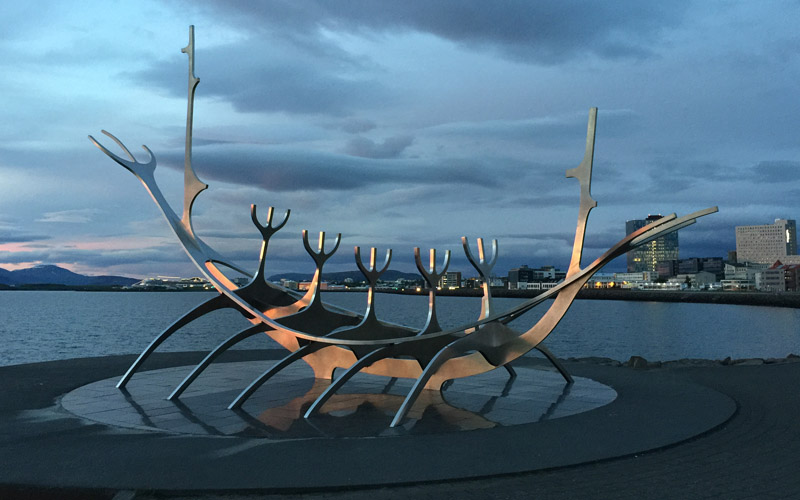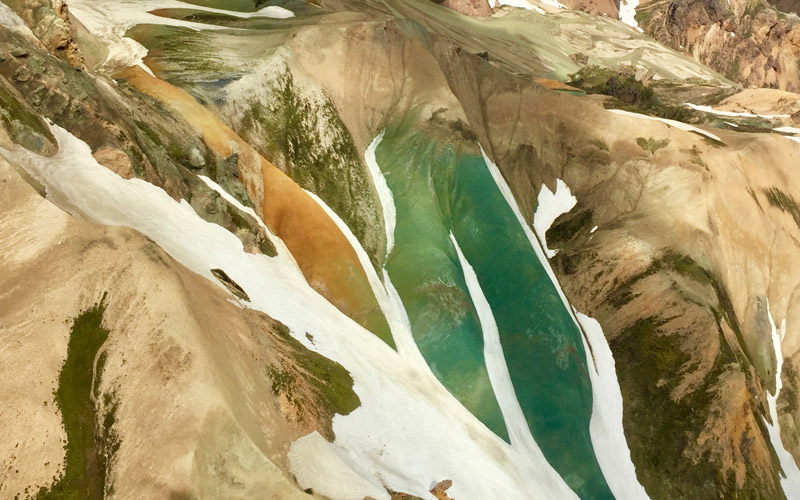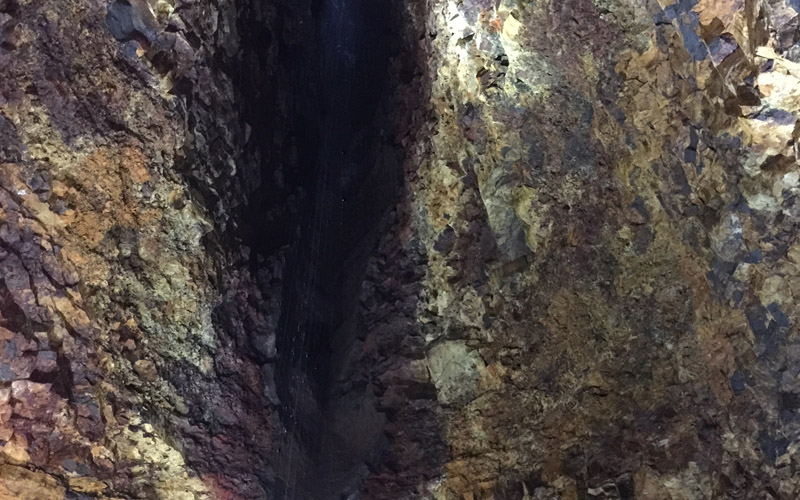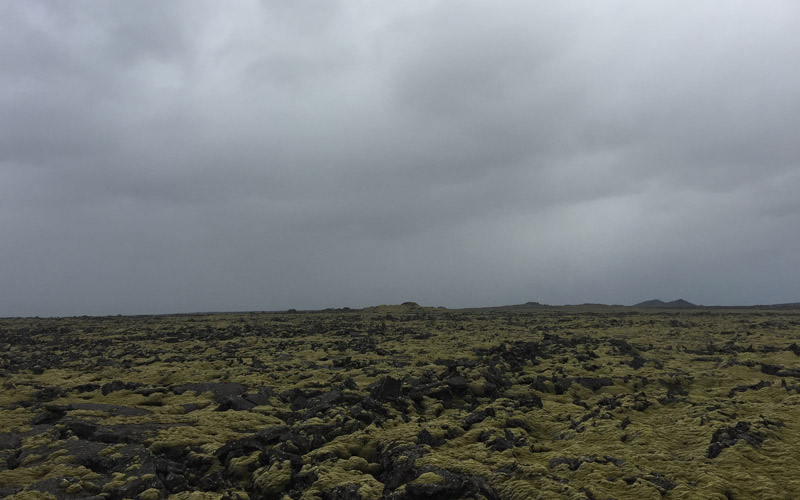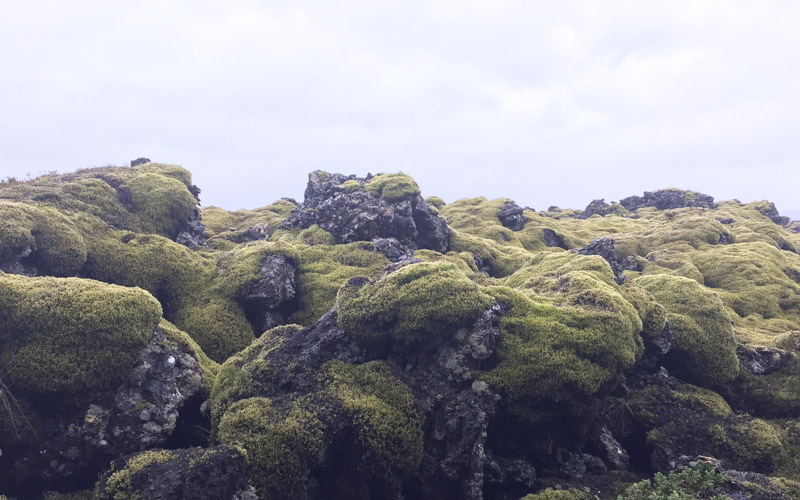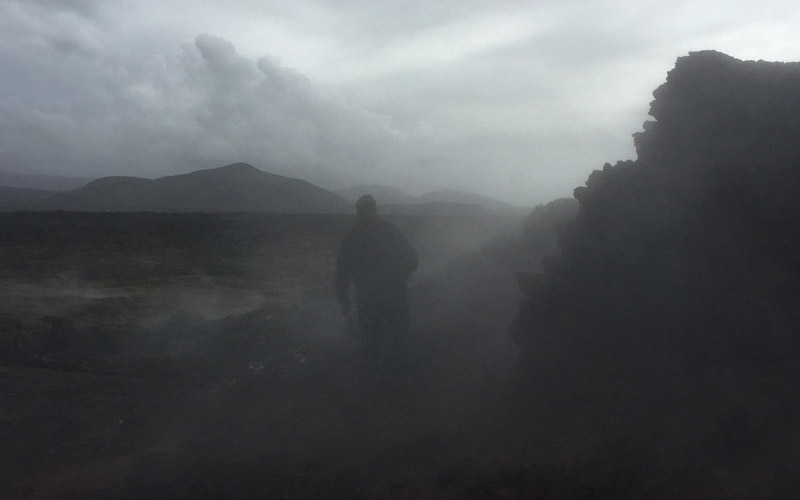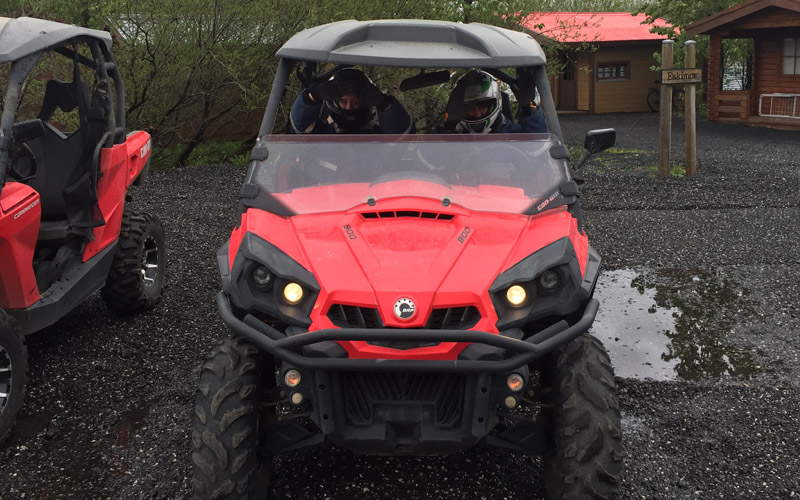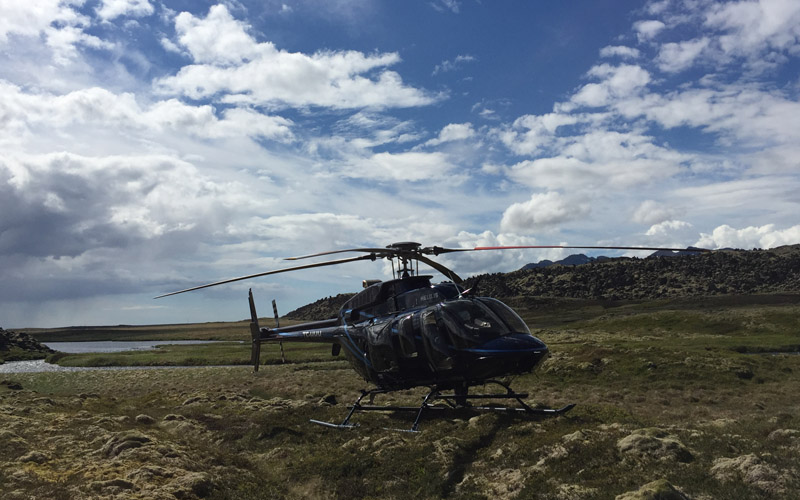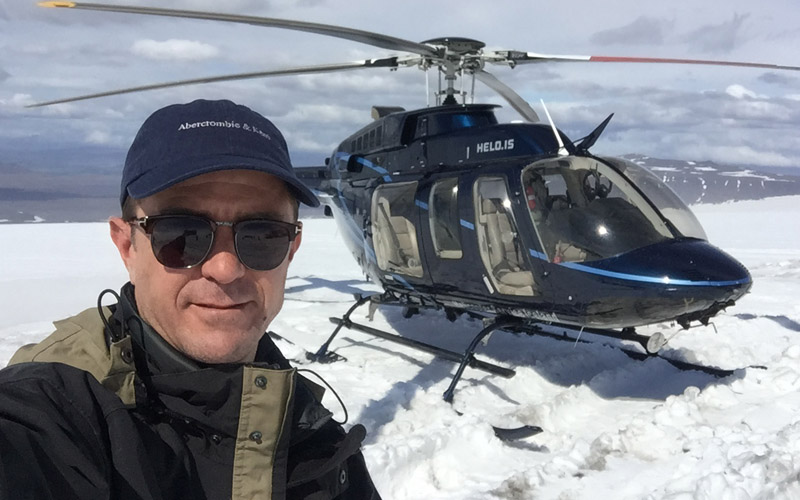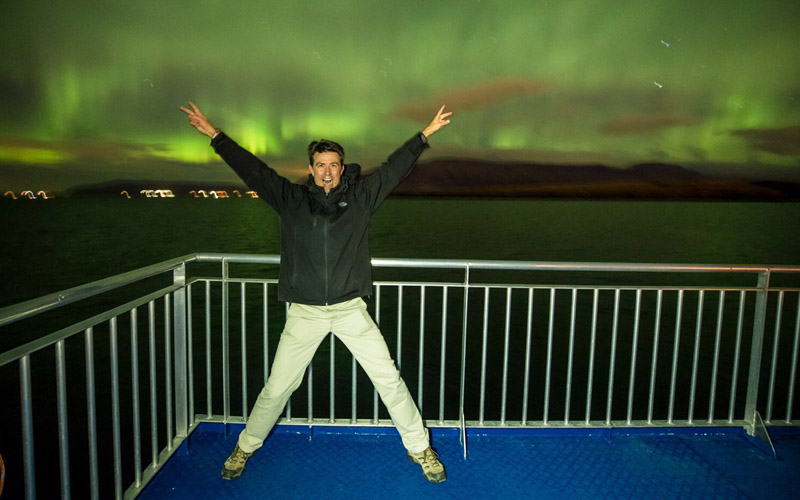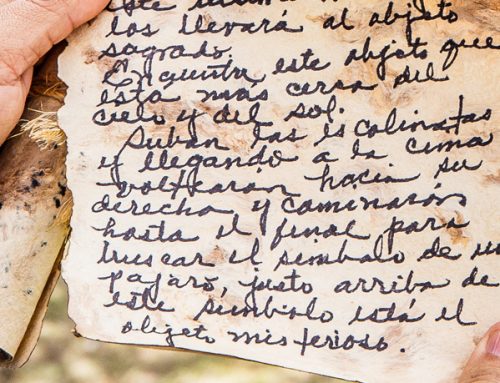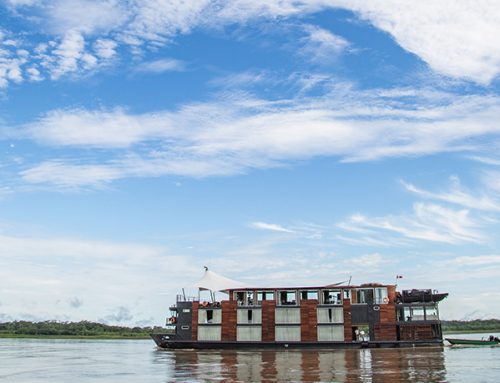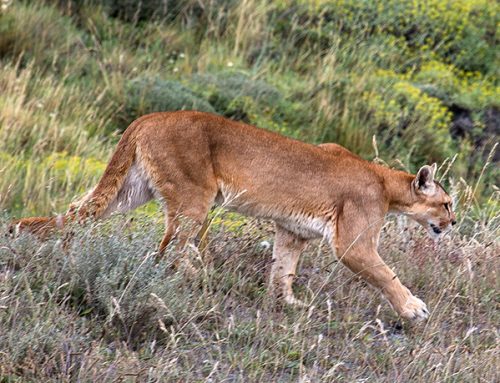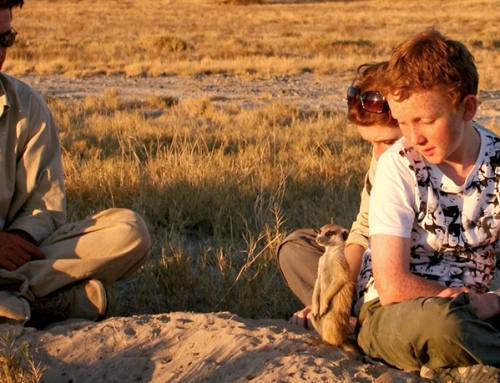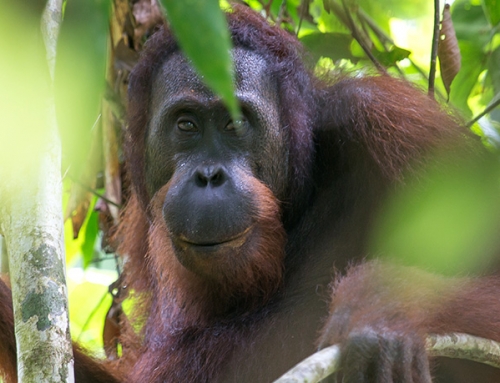Iceland is an incredible country that is very hot at the moment as a global destination. I have visited three times in the last 12 months and each time it has brought new marvels. With bigger and better hotels being built to cater to a more sophisticated clientele it is making it’s mark. Alongside this Iceland’s food culture is continuing to garner worldwide reputation. Their lamb for example is divine. Why? Unlike other countries that export their best produce, Iceland keeps many of theirs in-house for local consumption.
Covering a vast area, if you have more than a couple of days, my best advice would be to leave Reykjavík, as enjoyable as the Golden Circle is, Iceland has thousands of waterfalls and vistas that could easily compete with those found around Reykjavík
In order to do this, helicopters and private charter aircraft are essential. However, the downside to air charter is that Iceland’s weather is very temperamental so helicopters are often delayed or cancelled, therefore one should always keep an open mind and be as flexible as possible. Private Guide World Wide has always excelled at being experienced well connected and resourceful.
Iceland’s atmospheric conditions and lack of light pollution make it the ideal place for viewing the aurora borealis. The Northern Lights are not caused by a refraction of sunlight so the best time to see them in is from 2200 onwards. In Iceland, the Northern Lights can be seen on up to 200 days of the year, however as I said, the weather does not always play ball. I have travelled to Iceland in May and June (admittedly not the best time to see them) and then again in October when I was finally able to check them off my bucket list. The best time of the year to experience this natural phenomenon is October, early November and then again March, April. I learnt a lot from this experience that I had always held on a pedestal. While the aurora borealis is certainly deserving of its position on the 7 Natural Wonders of the World list, there are key things you need to know in order to prepare and manage your expectations. My experience was as a guest on a boat that left from Reykjavík, which in terms of convenience was very good, as within 15 minutes of leaving the harbour the skies were shimmering and sparkling. However, if your interest is in photographing the Northern Lights, boats are not ideal mostly because they move and are never perfectly still meaning even if you use a tripod your pictures will always be blurry.
The images you see on photographs are not what the Northern Lights look like in person. The brightness of these images is due to long exposures, some as many as 3 or 4 seconds. As you know, your eye does not have the ability to capture this so the Northern Lights will seem much dimmer than you see in pictures. However as with all things, don’t only see the Northern Lights through the lense of the camera as you will miss what I think is so special about this wonder – the lights dance and move in such a way as to give themselves a living quality. The sheer scale is something I wasn’t expecting, literally the entire sky was lit up and could never be pictured as a whole even with the widest of lenses.
Iceland has a Northern Lights website which predict the chances of you seeing this spectacle created from 1-10, 10 being your greatest chance. I saw them on two nights in a row and on both nights the website had predicted only a 10-20% chance so don’t pay too much attention and take every opportunity to see this incredible sight.
One of the things I particularly love about Iceland is that it is a hiker’s paradise with literally hundreds or thousands of kilometres of trails to be explored. Whilst exploring the sheer, stunning beauty on offer it is easy to leave the well trodden tourist path and get into trouble. As previously mentioned, the weather can turn on you in a split section and the dense fog and mist can make it impossible to find your way back to the trail. Always make sure you have the right supplies and notify someone of your intended route.
The other way of getting yourself into trouble is literally by walking, camping or sleeping on the moss which is not permitted and is even punishable by law. Icelandic moss while not a unique species as it is found in other parts of northern Europe, Russia and Canada forms as much as 90% of Iceland’s flora. This type of ‘moss’ is in fact a lichen which means it takes hundreds of years to grow, lichens are an obligatory symbione, two organisms which cannot live without each other. In a relationship between an algae and fungi, the algae produces food through photosynthesis while the fungi attaches the lichen to the newly formed rocks in Iceland’s many lava fields. This means that it takes a very long time to grow and is therefore very precious to Icelanders.
Iceland is an incredible country that is very hot as a global destination.

